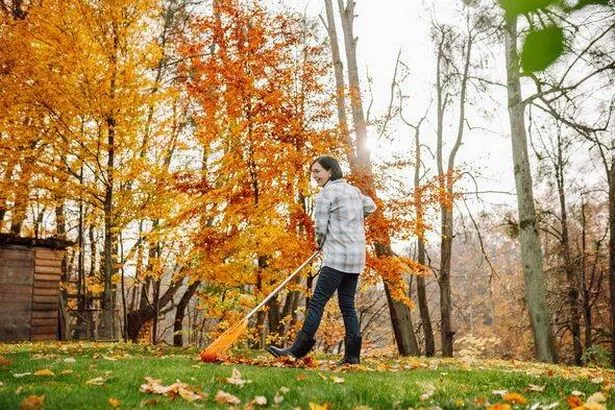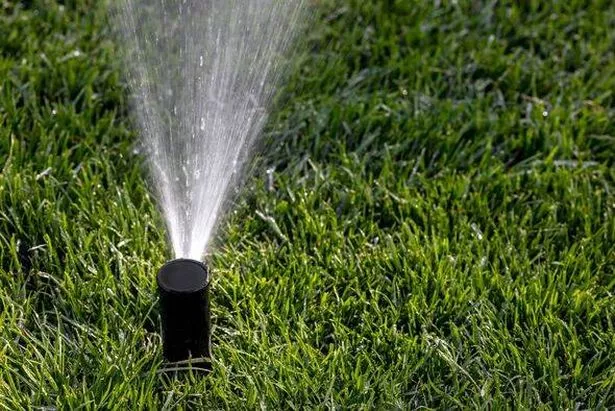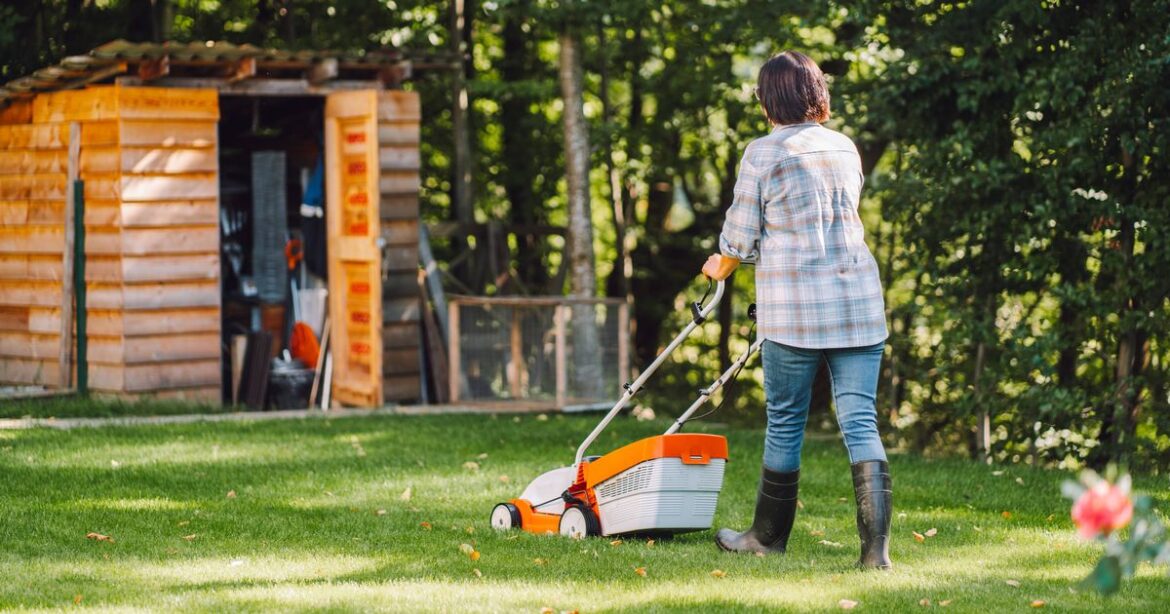Looking after lawns in the colder months is essential to ensure they look their best come spring – and there are a few key things you need to do to keep them in top condition.
Isobel Pankhurst Audience Writer
14:15, 07 Nov 2025
This article contains affiliate links, we will receive a commission on any sales we generate from it. Learn more Winter lawncare is tricky but important (Image: Olga Rolenko via Getty Images)
Winter lawncare is tricky but important (Image: Olga Rolenko via Getty Images)
Maintaining your lawn during the colder months can prove challenging, yet the care provided in the forthcoming weeks and months will dramatically influence its vitality and appearance come springtime.
Several crucial guidelines exist to maintain lawns in excellent condition throughout the winter period, guaranteeing they return verdant and thriving when spring emerges.
Chris Bonnett, the founder of GardeningExpress.co.uk said: “It’s a common misconception that lawns don’t need any care once the cold weather hits, but that’s not the case at all. The way a lawn is treated during the autumn and winter months has a big impact on how healthy and green it will look when spring arrives.
He continued: “Simple things like clearing away debris, aerating before the ground hardens, and applying a suitable fertiliser will help the grass recover faster.
 Remove any debris from your lawn(Image: Getty)
Remove any debris from your lawn(Image: Getty)
“The key thing to remember is that lawns might look dormant, but the roots are still active below the surface. By taking care of those roots, you’re setting your garden up for success next year.”
Neglecting to implement seasonal adjustments can render lawns susceptible to frost damage and waterlogging, resulting in destruction by the following spring.
Aerate the soil
Aerating the lawn before the ground becomes too hard will help improve drainage and will ensure that oxygen, water and nutrients continue to reach the roots during the colder period. This strengthens the grass from below and will help to withstand frost and heavy rainfall. A garden fork or lawn aerator can be used to gently spike the soil and relieve compaction.
Clear debris from the lawn
It’s essential to remove any debris from the lawn, including fallen leaves and twigs. Any debris left can smother the grass, blocking out sunlight and trapping excess moisture that encourages the growth of moss and fungi.
Apply winter fertiliser
Switching to a winter or autumn fertiliser can help boost disease resistance and frost tolerance, as these are typically high in potassium, which aids in strengthening roots.
 Don’t overwater your lawn this winter(Image: Getty)Overseed bare patches
Don’t overwater your lawn this winter(Image: Getty)Overseed bare patches
Autumn is an ideal time to repair any thin or patchy areas of grass before winter sets in. Overseeding allows new seedlings to establish roots in the mild, moist autumn weather conditions.
Don’t cut the grass too short
Mowing your lawn too short during cold spells will expose the roots and leave the grass more vulnerable to frost and disease. As grass growth slows, it’s time to raise the cutting height and mow less frequently to reduce stress on the grass.
Don’t walk on waterlogged or frosty grass
Walking on the lawn when it’s wet or frosty can crush grass blades and compact the soil, leading to long-term damage and patchy growth.
Don’t overwater
In the autumn and winter seasons, the usual rainfall is generally sufficient to maintain soil moisture. Overwatering your lawn can result in waterlogged soil, depriving the roots of necessary oxygen, potentially leading to rot and disease.


Comments are closed.